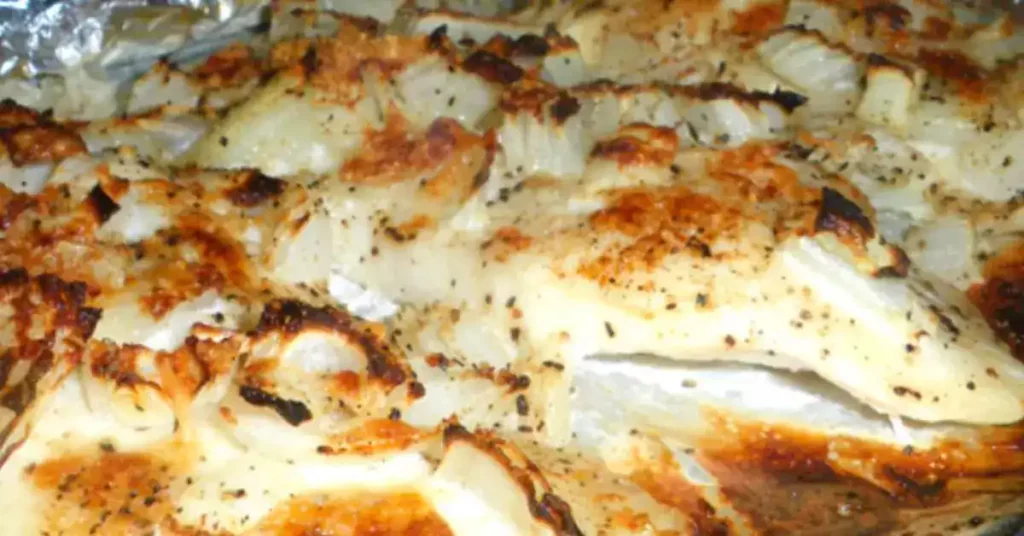“Newfoundland macaroni and cheese is a unique twist on the classic comfort food, originating from the province of Newfoundland and Labrador. This hearty variation incorporates local ingredients and flavors to create a truly distinct dish. The traditional Newfoundland macaroni and cheese recipe often includes elements such as savoy bacon, flavorful onions, and even topped with breadcrumbs. These additions add depth and richness to the dish, elevating it to a whole new level of deliciousness. Newfoundland macaroni and cheese is a testament to the region’s culinary heritage and is cherished for its comforting and indulgent qualities. Whether enjoyed on a cozy winter evening or as a centrepiece during festive gatherings, this Newfoundland twist on macaroni and cheese is sure to satisfy taste buds and leave a lasting impression.”

- 3 cups uncooked elbow macaroni
- 9 tablespoons butter, divided.
- 6 tablespoons all-purpose flour
- 1 teaspoon salt
- 1/2 teaspoon pepper
- 3 cups whole milk
- 3.5 cup shredded cheddar cheese.
- 1 cup dry breadcrumbs
Directions:
Cook macaroni according to package directions. Drain macaroni.
In a saucepan, melt 8 tablespoons butter over medium heat. Stir in flour, salt, and pepper until smooth. Gradually add milk. Bring to a boil; cook and stir for 2 minutes or until thickened. Reduce heat. Add the cheeses, stirring until cheese is melted.
Transfer macaroni to a greased 3 qt. baking dish. Pour cheese sauce over macaroni; mix well. Grind some fresh pepper over the mixture. Melt the remaining butter (2 tablespoons); add the breadcrumbs. Sprinkle over top. Bake, uncovered, at 375F for 35-40 minutes or until heated through and topping is golden brown.





